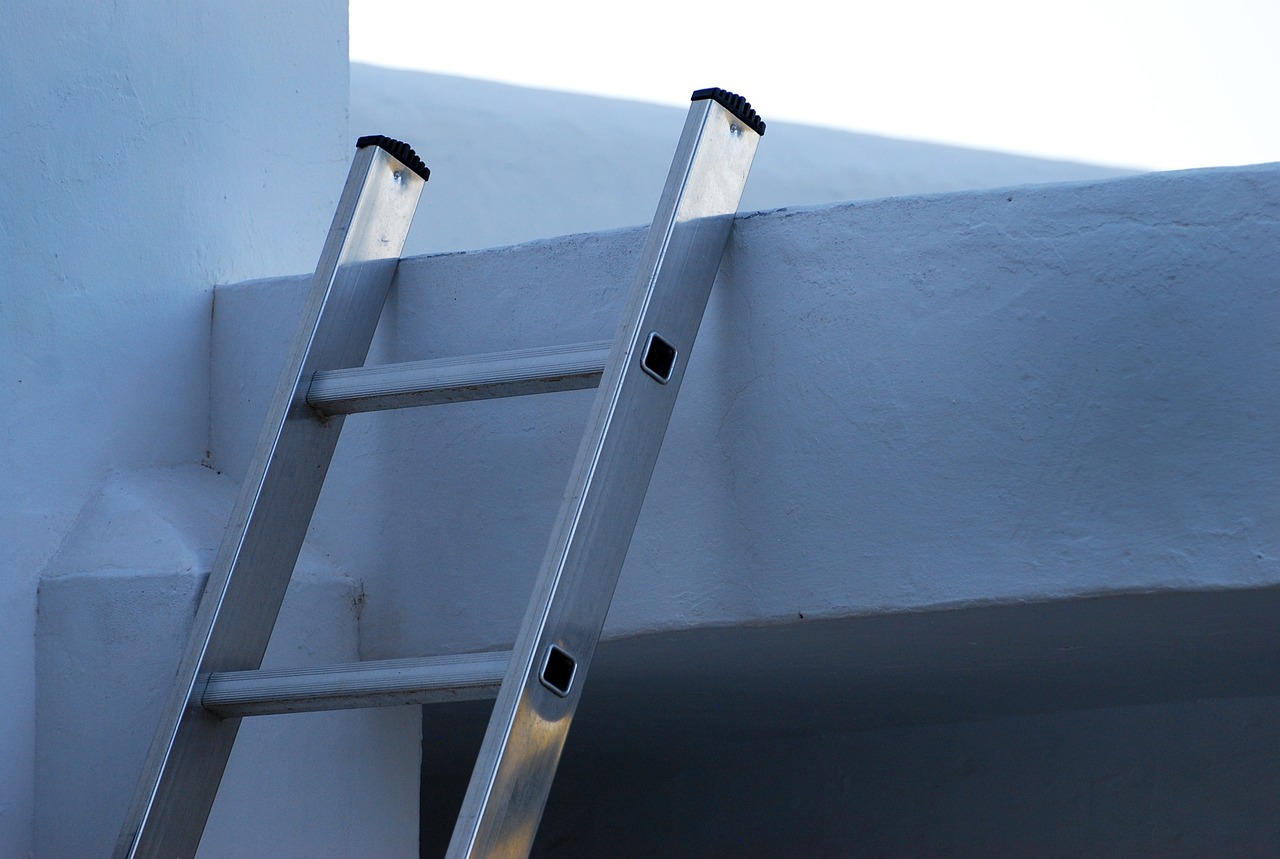Step by Step: The Proper Set Up and Use of Extension Ladders
Extension ladders are ideal for a wide range of tasks, including around-the-house repairs, maintenance and DIY as well as heavy-duty trade applications. They allow us to access heights that would otherwise be unreachable, with the longest extension ladders reaching heights of 10+ metres.
Extension ladders are useful and versatile tools with a wide range of applications. However, they can be dangerous if set up incorrectly or used in an unsafe way. This step-by-step guide is here to help you with the proper setup and use of extension ladders, minimising the risk of a nasty fall.
- Choose the right ladder
Choosing the right ladder for your task is essential. While you might be tempted to say “well, a ladder is a ladder, right?”, that is not the case. There are a few factors you have to take into consideration when choosing your ladder, such as…
- How high will you be climbing?
- How long will you be working at height?
- What environmental hazards (e.g. overhead cables) are nearby?
All of these factors can influence the features of the ladder that will be best suited to your task, such as its reach height, material, max load, and use type.
- Inspect your ladder
You should always carry out a quick visual inspection of your extension ladder before you use it, along with a more detailed inspection every few months. Things to keep an eye out for when you’re carrying out your inspection include:
- Are the stiles bent or damaged?
- Are the feet missing, damaged, or worn?
- Are any of the rungs bent, loose, or missing?
- Are the locking mechanisms in good working order?
Be sure to check your ladder carefully for signs of damage if you drop it or if something hits it.
- Positioning your ladder
Once you have completed your initial inspection, it’s time to find a good position for your extension ladder. Proper ladder positioning is critical for ensuring stability and safety. Choose a flat, stable surface that is free from debris. If the ground is uneven, use levellers or grip mats.
When positioning and preparing to extend your ladder, it’s important to ensure that you’re maintaining the correct ladder angle. For every 4 feet of ladder height, the base of the ladder should be 1 foot away from the wall or structure you’re leaning it against. This is known as the ‘1 in 4’ rule.
- Extend the ladder
Now it’s time to extend your ladder! Extension ladders have rung locks that secure the ladder at various heights. These locks are usually located on the side of the ladder – now is the time to unlock them. Pull the ladder sections apart slowly and steadily, ensuring that the rungs engage securely. Once your ladder is at the desired height, lock the sections in place.
- Ascend and descend safely
There are a few simple rules to be aware of when ascending, descending and working on an extension ladder. Make sure you are maintaining 3 points of contact with the ladder at all times, and always avoid overreaching.
A good rule of thumb to follow to ensure that you’re not overreaching is the ‘belt buckle rule’. This rule states that your belt buckles should always be between the rails of the ladder – if it passes over, you’re reaching too far. If you need to access an area that’s just out of reach, descend and reposition the ladder. It may seem like a bother at the time, but your safety is far more important!
- Remain aware of environmental factors
As you’re working at height, it’s important to remain vigilant of any environmental factors that could potentially become dangerous. Examples of things to keep an eye out for include conditions caused by poor weather (e.g. running water from heavy rain), foot traffic, or cars in close proximity to your workstation.
Ideally, you would avoid setting up in areas where these potential hazards are present, but sometimes you find yourself faced with limited options and have to be as safe as you can in the circumstances.
*
An extension ladder can be an invaluable tool when used correctly and safely. By following these step-by-step instructions for extension ladder setup and use, you can minimise risks and ensure that your ladder serves you well for years to come.
Always prioritise safety and take the time to inspect and maintain your ladder regularly.

